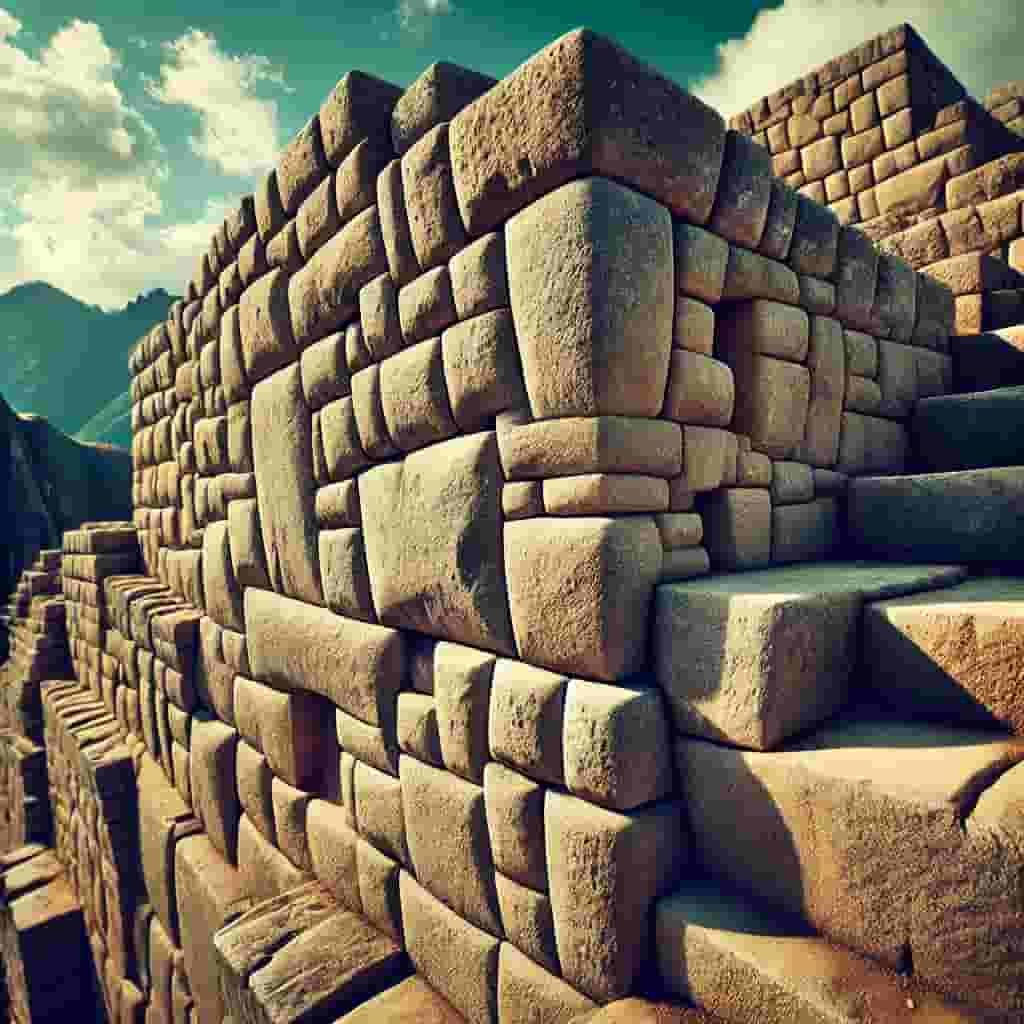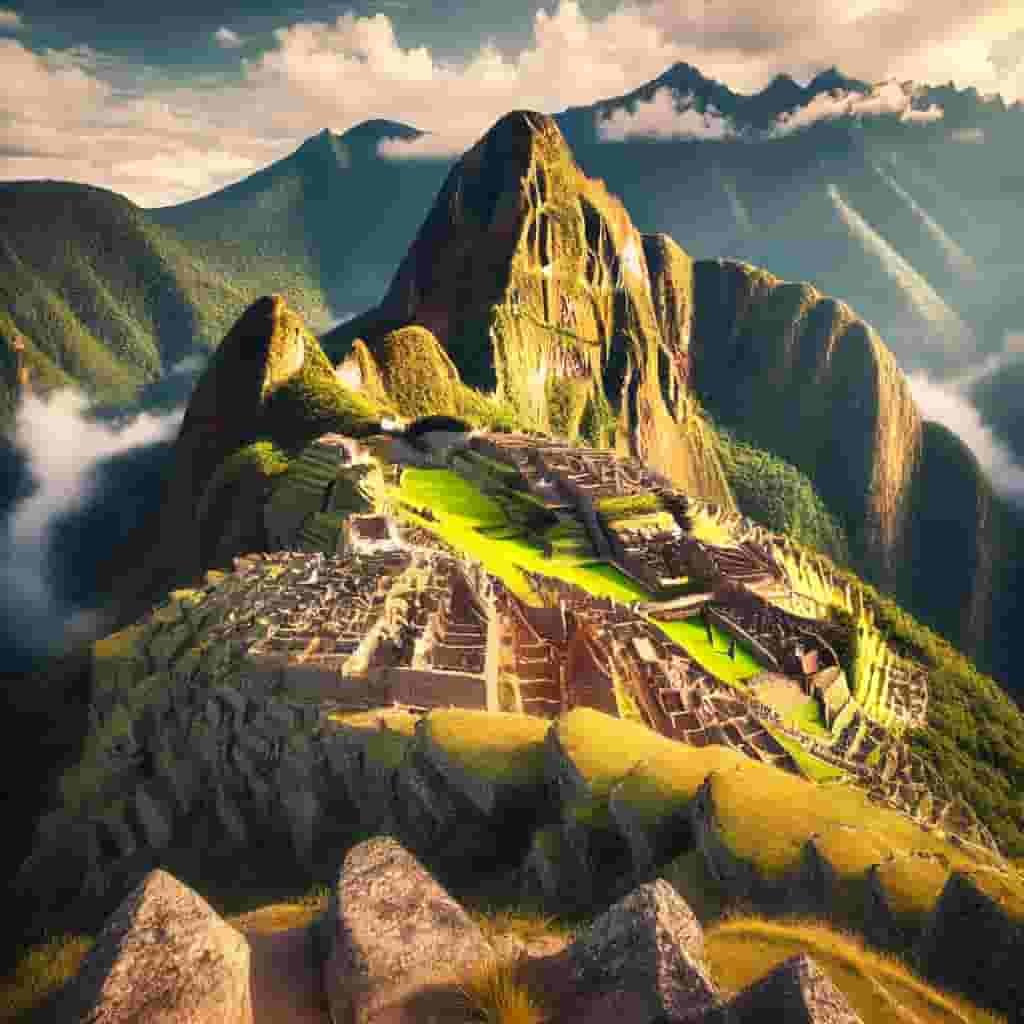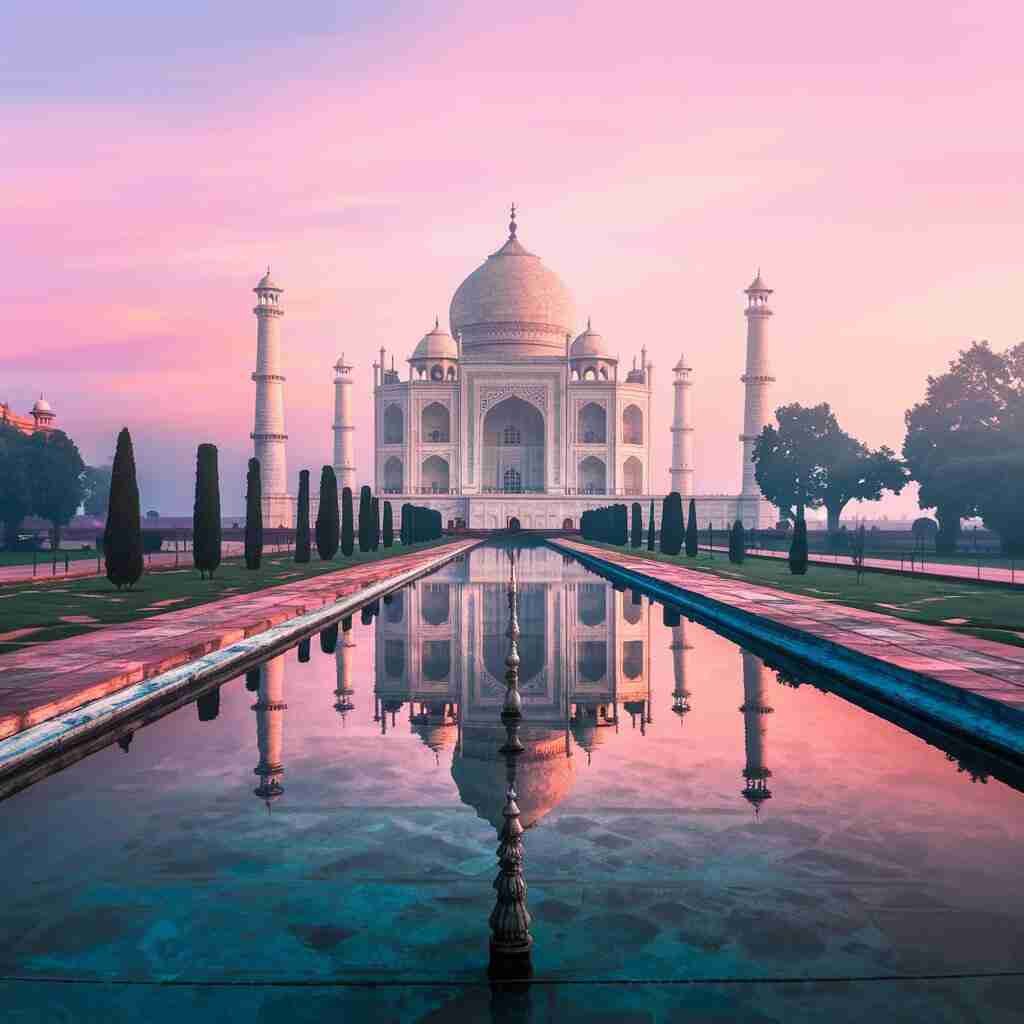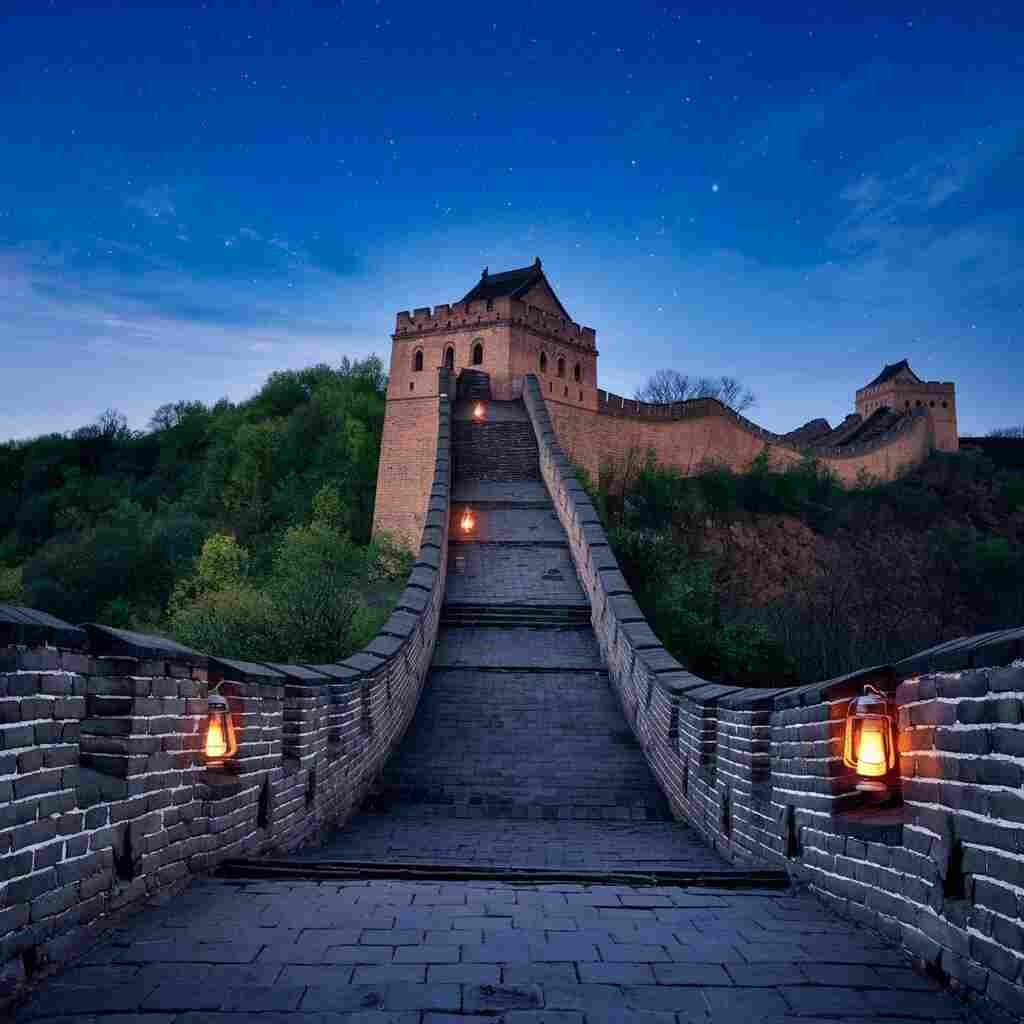Nestled high in the Peruvian Andes Machu Picchu remains one of the most iconic and fascinating landmarks in the world. Known for its stunning vistas rich cultural history and architectural ingenuity it is often regarded as the crowning jewel of the ancient Inca civilization. With its UNESCO World Heritage designation and inclusion in the New Seven Wonders of the World Machu Picchu continues to captivate millions of visitors every year. In this article we will take an indepth look at Machu Picchu answering key questions exploring its breathtaking location and offering a detailed guide to this historical marvel.
What is Machu Picchu?
Machu Pichu often referred to as the Lost City of the Incas is a 15th-century Inca citadel perched high in the mountains of Peru. Built by Emperor Pachacuti, it served as a royal estate and ceremonial site. Abandoned during the Spanish conquest in the 16th century, it remained hidden from the world until its rediscovery in 1911 by American explorer Hiram Bingham.
The site is renowned for its advanced stonework terraced fields, and alignment with astronomical events. It’s a masterpiece of Inca engineering and offers insight into their culture spirituality and survival in a harsh mountain environment.
Machu Picchu Elevation and Geography
At an elevation of 2,430 meters (7,970 feet) above sea level Machu Picchu sits on a mountain ridge overlooking the Urubamba River valley. Its stunning location amidst lush, green peaks creates a sense of isolation and tranquility. The surrounding area designated as the Historic Sanctuary of Machu Picchu, is a biodiversity hotspot home to rare orchids, spectacled bears and numerous bird species.
The high elevation makes Machu Picchu even more fascinating. But it can also be challenging for those not used to high altitudes. To prevent altitude sickness, travelers should take time to adjust. Staying in Cusco (3,399 meters above sea level) before heading to Machu Picchu can help with acclimatization.

Key Features of Machu Picchu
| Feature | Description |
|---|---|
| The Intihuatana Stone | A ritual stone aligned with astronomical events, believed to function as a solar clock. |
| The Temple of the Sun | A semicircular structure used for sun worship and ceremonies, with precise stone carving. |
| The Room of the Three Windows | A building with three large windows symbolizing aspects of Inca cosmology. |
| Terraces | Ingenious agricultural terraces that prevented soil erosion and maximized crop production. |
| The Sacred Plaza | A central area featuring important ceremonial and residential structures. |
The Ancient Builders of Lost City of the Incas
The Incas were master architects and engineers and Machu Picchu showcases their remarkable skills. The structures were built without mortar using a technique called ashlar masonry where stones were precisely cut to fit together perfectly. This method not only ensured stability but also helped the structures withstand earthquakes.
The Incas also integrated their buildings with the natural landscape, harmonizing with the terrain and conserving resources. Their understanding of astronomy and agriculture allowed them to create a self sustaining city in one of the most challenging environments on Earth.


Machu Picchu Photos: Capturing the Magic
Photos of Lost City of the Incas showcase its timeless beauty and dramatic scenery. From misty mornings to golden sunsets the site provides countless opportunities for photography. Popular photo spots include:
- The Guardian’s Hut: Offering a panoramic view of the entire site this is one of the most iconic photo locations.
- Huayna Picchu: The towering peak behind Lost City of the Incas accessible via a steep hike rewards visitors with breathtaking views.
- Sun Gate (Inti Punku): The traditional entry point for those trekking the Inca Trail perfect for sunrise shots.

Where is Machu Picchu?
Machu Picchu is located in the Cusco region of Peru, approximately 80 kilometers (50 miles) northwest of the city of Cusco. The site is accessible by train from Cusco to the town of Aguas Calientes, followed by a short bus ride or hike.
How to Get There:
- By Train: The most popular option with trains departing from Cusco or Ollantaytambo.
- By Inca Trail: A multiday trek that follows ancient Inca paths to reach Lost City of the Incas.
- By Alternative Treks: Such as the Salkantay or Lares treks offering diverse landscapes and fewer crowds.
The Historic Sanctuary of Machu Picchu
The surrounding area, declared the Historic Sanctuary of Lost City of the Incas in 1981, spans over 32,000 hectares. It is not only a cultural treasure but also a natural one. The sanctuary protects:
- Over 370 species of orchids some found nowhere else on Earth.
- Endangered wildlife such as the spectacled bear and Andean condor.
- Diverse ecosystems ranging from cloud forests to alpine meadows.
Why is Machu Picchu One of the 7 Wonders of the World?
Machu Picchu was named one of the New Seven Wonders of the World in 2007 due to its:
- Architectural Genius: Its intricate stonework and harmonious integration with nature.
- Historical Significance: As a symbol of the Inca Empire achievements.
- Global Impact: Its ability to inspire awe and curiosity across cultures.
FAQs About Machu Picchu
2. Why Was Machu Picchu Abandoned?
Historians believe it was abandoned due to the Spanish conquest and the spread of diseases like smallpox.
3. Can You Climb Huayna Picchu?
Yes, but it requires a separate ticket and is a challenging hike suitable for those with a good fitness level.
4. What is the Best Time to Visit?
The dry season (May to September) offers clear skies and the best hiking conditions.
5. Is Machu Picchu Accessible for All Travelers?
While the terrain can be challenging, there are options like buses and guides to accommodate various needs.
Conclusion: A Timeless Wonder
Machu Picchu is more than just an archaeological site it is a symbol of human ingenuity perseverance and harmony with nature. From its breathtaking views to its rich history Machu Picchu offers an unforgettable journey into the heart of the Inca civilization.
Whether you are marveling at its terraces exploring its sacred temples, or capturing its beauty through photos Machu Picchu leaves a lasting impression. As one of the 7 wonders of the world it remains a testament to the enduring legacy of the ancient builders who made it possible.




